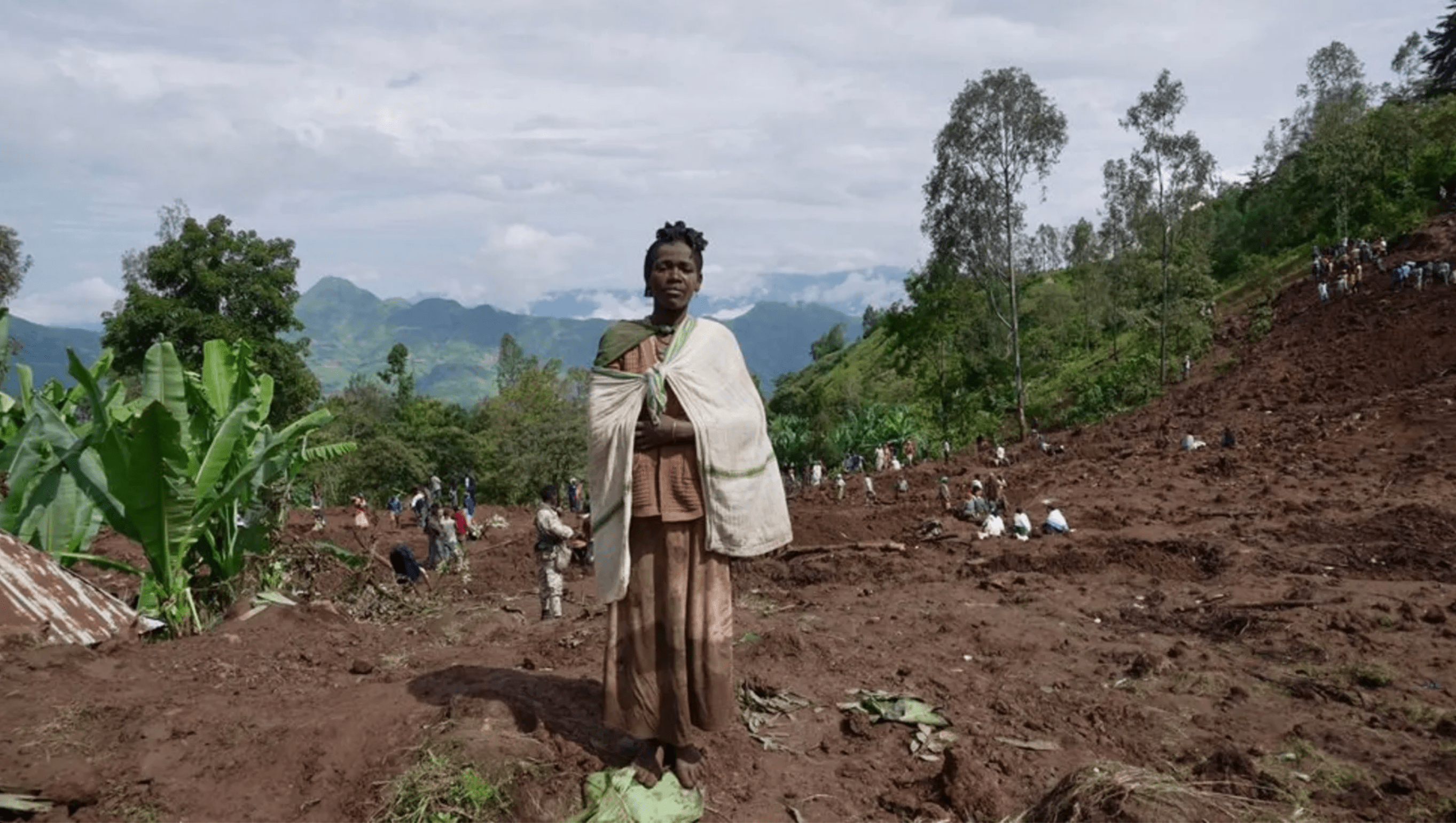Green hydrogen has aroused the curiosity of Namibians from all walks of life. Rightly so, given the magnitude of the transformation renewable energy is set to bring to our country.
A common theme emerges once you synthesize the curiosity being exhibited.
How do we best encapsulate the economic aspirations of president Hage Geingob?
While it is tempting to try and box the economic genius of our late president into the two words on the tip of everyone’s tongues – green hydrogen – it would be a mistake and a massive disservice to one of Namibia’s most faithful stalwarts.
President Geingob’s vision and dreams for Namibia went beyond just prosperity for the citizens of our great nation.
His aspirations were fueled by the ideas of great leaders such as Kwame Nkrumah and Julius Nyerere, who yearned for all Africans to walk with a confident but humble swagger – galvanised by pride about their identity and their God-given potential.
UNIQUE APPROACH
In crafting some of his most ambitious economic ideals, president Geingob searched far and wide to select the most promising nuggets for Namibia and indeed the African continent.
This was something that made him a special and unique ‘scholar’.
He considered counsel and data from the most seasoned economists, former presidents, traditional leaders, the youth, pundits from neighbouring countries, you name it.
President Geingob was deliberate in his quest to deliver the best for Namibia.
While some questioned his consultative nature, he never wavered in his approach and I believe we all have much to learn from his insistence on unity of vision and purpose.
Especially as one collected and researched nation building and economic emancipation.
Many will remember president Geingob for his daring ambition to establish Namibia as a global leader in the production of green hydrogen at a time when many across the continent were unfamiliar with the concept.
His quest for the cost-effective production of this critical ingredient for the decarbonisation of global industry, saw him receive many an accolade, including from Royalty in Monaco and England.
HARAMBEE AND PROSPERITY
At the Presidency, we took note of a systemic global effort to accelerate a just energy transition.
Combating climate change was always an ambition but there was a realisation that lucrative new markets for goods and services that exhibited low carbon signatures was being birthed in our era.
President Geingob understood that the production of hydrogen, lithium, rare earth elements or even oil was not what we should celebrate as ultimate economic success.
You see, the Harambee Prosperity Plan was his key contribution to help Namibia identify and navigate independent intervening variables, as he sought to accelerate the pace of delivery of the National Development Plans (NDPs).
The 5 NDPs were the legs upon which Namibia’s economic table – Vision 2030 – was being built.
The overarching ambition of Vision 2030 was for an industrialised Namibia with more than 42% of its economic output projected to emanate from a robust and thriving manufacturing sector.
Vision 2030 foreshadowed a Namibia that would have an unemployment rate of 2.3% and a gini coefficient of 0.3.
Today our secondary sector contributes a mere 16% to our economic output, unemployment is in excess of 33% and our gini coefficient is hovering closer to 0.56.
That means we have work to do!
SEIZING THE MOMENT
Through the Harambee Prosperity Plan, a targeted set of interventions designed to identity new trends and opportunities, the president understood that new legislated markets were emerging every day.
Demand for goods that exhibited a low carbon footprint – goods made with clean energy and transported by clean fuels offer Namibia a unique opportunity to turbocharge its growth trajectory.
Namibia has all the critical ingredients, be they minerals, world class infrastructure or indeed clean energy, to become a dynamic host of the sustainable industries that will satisfy this demand.
President Geingob did not hesitate.
By seizing the moment, he laid a foundation upon which Namibia could create the jobs so desperately desired by her citizens, while also providing a clean gateway as a preferred logistics hub for goods manufactured in the region to make their way to these new lucrative global markets.
In doing so, Namibia would not only uphold the ideals espoused in Agenda 2063, the Africa We Want, but also facilitate intercontinental trade, a goal inscribed in the African Continental Free Trade Area agreement.
This is what truly excited president Geingob the most about his Green Industrialisation Blueprint that we diligently crafted under his tutelage for Cabinet’s consideration.
I pray that his final contribution to the economic wellbeing of his beloved Namibia and indeed Africa, is met with the same fervour and passion he showed all for us.
A VISION THAT RESONATES
During president Geingob’s memorial, Kenyan president William Ruto did not hesitate to remind us of his unwavering commitment to establish green industries in Kenya on the back of green hydrogen production .
The Kenyan government is developing a green fertiliser plant with Australia’s richest man as Kenya aims to become self-sufficient and anchor its food security on the back of using geo-thermal energy to produce green hydrogen.
This, in turn, will be used to produce the requisite fertiliser.
Cyril Ramaphosa’s government has announced hydrogen as one of its ‘Big 5 Frontiers in South Africa’s Investment Strategy’.
Every hydrogen project in South Africa is listed as a strategic infrastructure project, gazetted for expedited delivery.
Mauritania has a plethora of giga-scale hydrogen projects and is coupling clean molecule production with the valorisation of iron ore deposits as they bid to become a green steel producer.
Morocco has launched a hydrogen strategy, announced multiple hydrogen projects under development and is constructing one of Africa’s first factories to assemble electrolyzers at scale.
On the back of our late president’s vision, six African nations have now formed the African Green Hydrogen Alliance.
Our late president’s vision has resonated with many across the continent and indeed the world.
Perhaps it is time that we in Namibia paused a little and listened more closely to what he was saying to us about this systemic topic.
- James Mnyupe is a presidential advisor on economic affairs at the Namibian Presidency. He also serves as Namibia’s Green Hydrogen Commissioner.
Stay informed with The Namibian – your source for credible journalism. Get in-depth reporting and opinions for
only N$85 a month. Invest in journalism, invest in democracy –
Subscribe Now!






